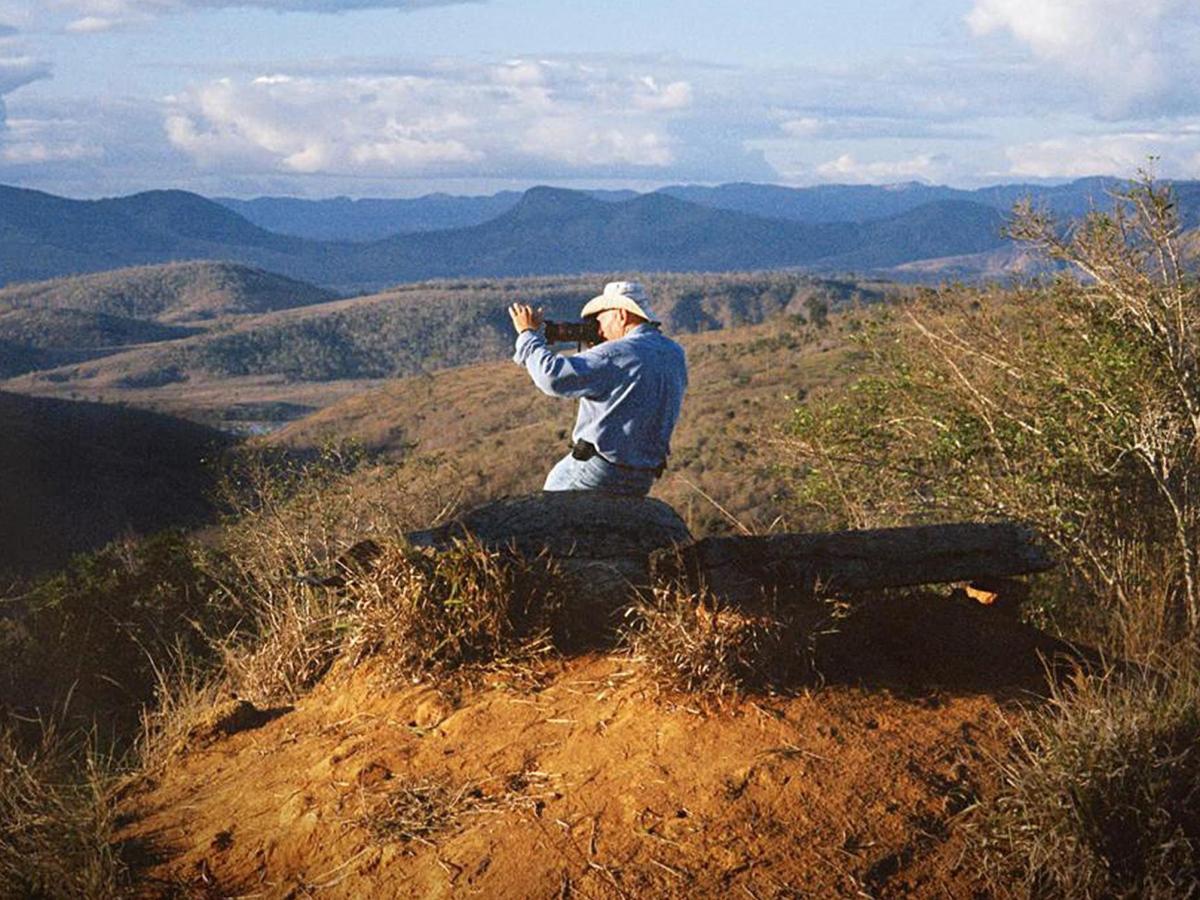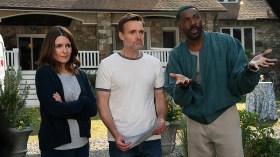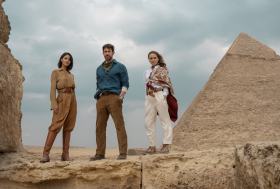His life and livelihood may be one of devotion to still rather than moving images; however Sebastião Salgado’s photography was made for the cinema. Blown up bigger than usual, his artful compositions of people and places tower over the audience in a manner befitting their multitude of subjects. Faces, weathered with worry and time, tell a tale of both an instant and an existence. Landscapes writhe with texture specific to their own space yet universal in their arresting slice of nature. Animals are shown as a study of two extremes, stunningly exotic and blissfully ordinary.
Wim Wenders, one of The Salt of the Earth’s directors and narrators, starts his filmic ode to Salgado’s work by relating his own reaction to a specific photograph and the curiosity it consequently piqued. With his co-helmer, Salgado’s son Juliano Ribeiro, he then steps through a chronicle of a man who has dedicated his days to doing just the same, one arresting image after another. The story told of their making is just as compelling in its beauty and boldness as the details that fill their frames.
Photography wasn’t always Salgado’s calling, as inexplicable as that may seem while gazing on the output of his lengthy career, with economics originally his chosen profession. Then his wife and source of motivation, Lélia Wanick Salgado, bought a camera when they were living in Paris, and it ended up in his hands more than hers. A hobby became a compulsion and then a calling, the duo envisioning and enacting a series of large-scale, long-term projects over the course of several decades. What he has captured on film has shaped who he is, as he progressed from immortalising heartbreaking social documentary imagery around the world to glancing over the globe with an environmental focus.
Salgado’s pictures say more than 1000 words as they stare down from the screen, but Wenders and Juliano Ribeiro wisely pair them with contextualising chats. The star filmmaker provides the overarching narrative, albeit in smartly sparing doses, leaving all three Salgados to do the bulk of the talking. When the photographer himself intelligently reflects on his exploits, whether through snapshots of his own evolution or over the top of the fruits of his labours, his own visage is often superimposed, reinforcing the alchemy that occurs behind and in front of his lens. Juliano Ribeiro offers a contrast to the celebration, relating the cost of his father’s work in his wish that the elder Salgado had played a more present role in his childhood. Lélia’s spoken input may be smaller, confined to their ecological efforts in their native Brazil, but her influence is constantly felt.
Accordingly, The Salt of the Earth, so named for Salgado’s focus on the granularity of the planet’s populace, morphs seamlessly between two types of portraits. In explaining the experience and showing the outcome, it creates a whirlwind of seeing and feeling on two levels – the maker and his magic. The approach is potent and poetic, as is the technique on display from the filmmakers as well as the photographer, not to mention the end result. As a tribute, it could not be more fitting; like its central figure, The Salt of the Earth does more than just cement a moment to the annals of history, it meditates on the meaning of observation and its impact.
Rating: 4 out of 5 starsThe Salt of the Earth
Directors: Juliano Ribeiro Salgado and Wim Wenders
Brazil / Italy / France, 2014, 110 mins
Melbourne International Film Festival
www.miff.com.au
31 July – 17 August
Actors:
Director:
Format:
Country:
Release:





